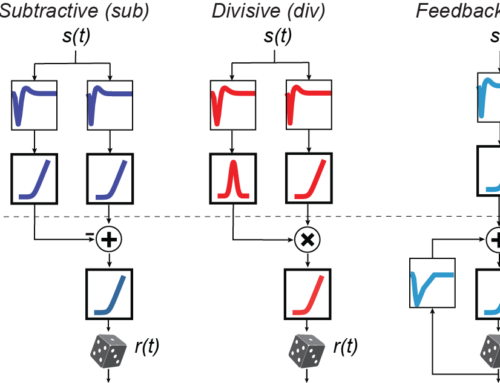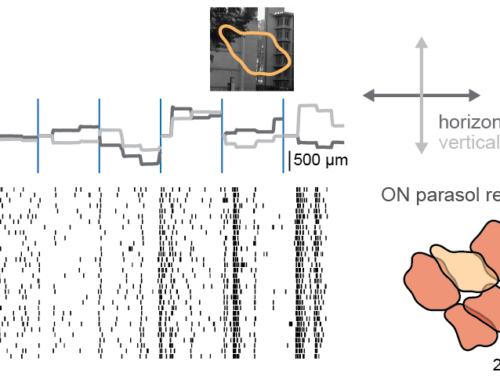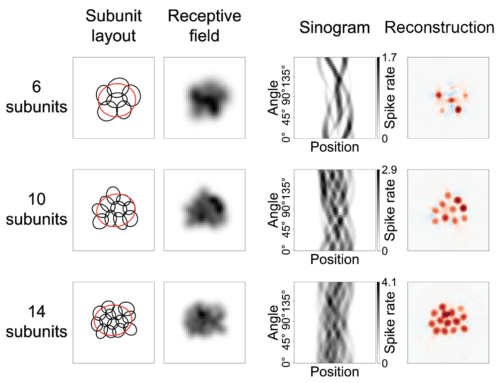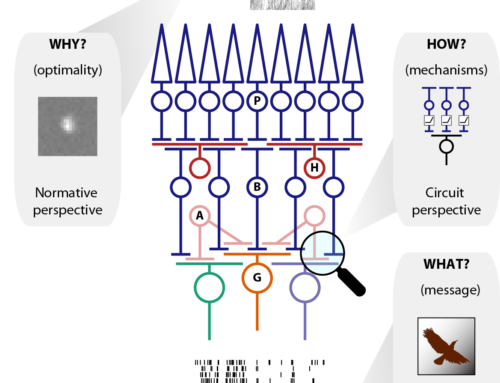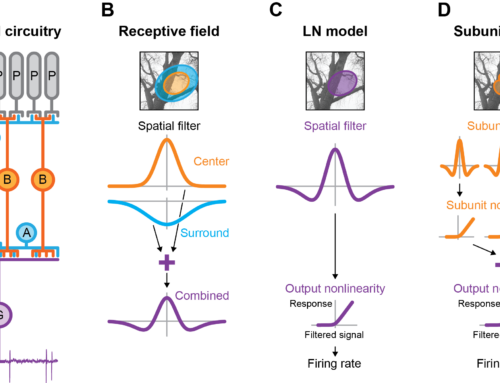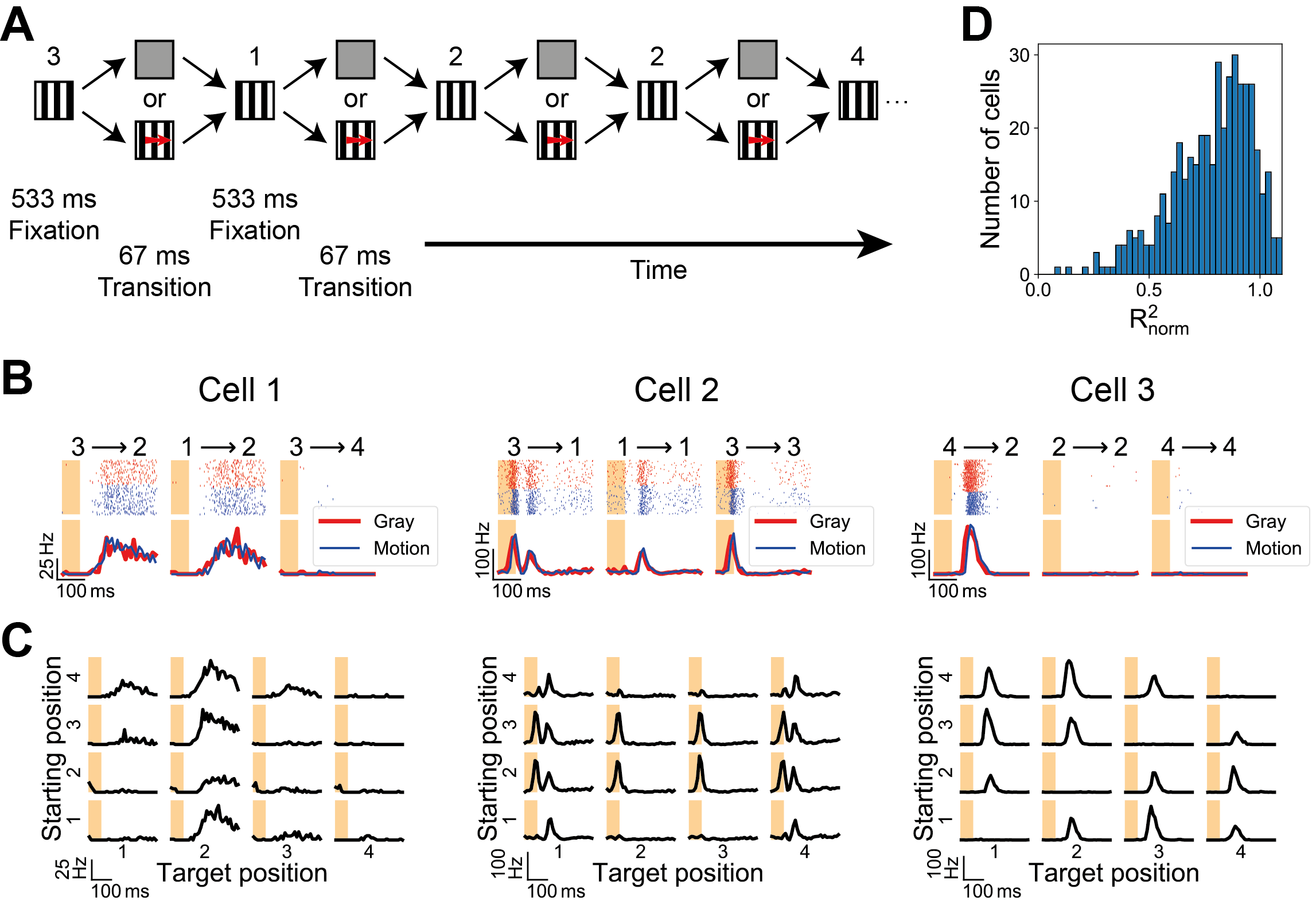
Diversity of ganglion cell responses to saccade-like image shifts in the primate retina.
Saccades are a fundamental part of natural vision. They interrupt fixations of the visual gaze and rapidly shift the image that falls onto the retina. These stimulus dynamics can cause activation or suppression of different retinal ganglion cells, but how they affect the encoding of visual information in different types of ganglion cells is largely unknown. Here, we recorded spiking responses to saccade-like shifts of luminance gratings from ganglion cells in isolated marmoset retinas and investigated how the activity depended on the combination of presaccadic and postsaccadic images. All identified cell types, On and Off parasol and midget cells, as well as a type of Large Off cells, displayed distinct response patterns, including particular sensitivity to either the presaccadic or the postsaccadic image or combinations thereof. In addition, Off parasol and Large Off cells, but not On cells, showed pronounced sensitivity to whether the image changed across the transition. Stimulus sensitivity of On cells could be explained based on their responses to step changes in light intensity, whereas Off cells, in particular, parasol and the Large Off cells, seem to be affected by additional interactions that are not triggered during simple light-intensity flashes. Together, our data show that ganglion cells in the primate retina are sensitive to different combinations of presaccadic and postsaccadic visual stimuli. This contributes to the functional diversity of the output signals of the retina and to asymmetries between On and Off pathways and provides evidence of signal processing beyond what is triggered by isolated steps in light intensity.
